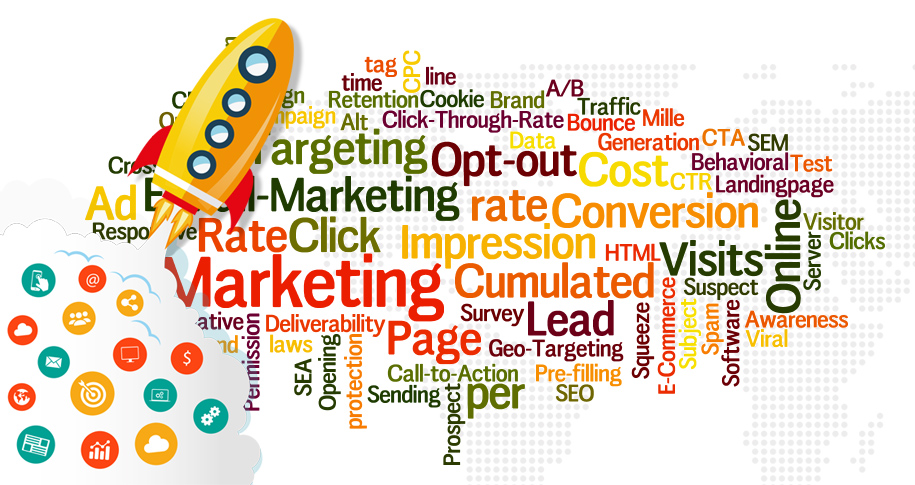What Is the Freemium Model?
The freemium model is a business strategy where a company offers basic services or products for free, with the option for customers to pay for advanced features, functionality, or premium versions of the service. The freemium model is commonly used in software-as-a-service (SaaS) businesses, mobile apps, and online games. The free version of the product attracts a large number of users, while the paid options help monetize a portion of those users who are willing to pay for enhanced features or experiences.
Why Is the Freemium Model Important?
- Attracts a Large User Base
Offering a free product allows businesses to attract a large number of users quickly. This is particularly useful for new companies or startups looking to build a customer base and generate awareness. - Increases Customer Engagement
By providing free access to a product, businesses can engage users and build trust. Once users become familiar with the product and see its value, they may be more likely to upgrade to a paid version. - Low Entry Barrier
The freemium model removes the financial barrier for users to try a product. This is especially valuable for products that require customers to experience the value before making a purchase decision. - Generates Revenue from Conversions
While most users may remain on the free version, a small percentage of users will upgrade to paid plans. This conversion can generate substantial revenue, especially if the company has a large user base. - Builds Customer Loyalty
Offering valuable free content helps create loyal customers who appreciate the service. Even if users don’t upgrade immediately, they may refer others or continue to use the product for an extended period.
How to Implement a Successful Freemium Model
- Define Clear Value Propositions
Ensure that the free version of your product provides enough value to attract and retain users. At the same time, the premium features should offer clear, compelling benefits that motivate users to upgrade. - Focus on User Experience
Provide an excellent user experience to ensure that users enjoy using the free product. A poor user experience can lead to high churn rates and low conversion rates. - Limit Features in the Free Version
Limit the features in the free version to incentivize users to upgrade. However, be careful not to make the free version so limited that it doesn’t demonstrate enough value to users. - Offer Multiple Pricing Tiers
Offer different pricing plans that cater to various types of users. This allows customers to choose the plan that fits their needs and budget, increasing the likelihood of conversion. - Track User Behavior
Use analytics to track user behavior and identify potential customers who are likely to convert to paid plans. Tailor marketing efforts to these users to increase conversion rates.
Challenges of the Freemium Model
- Conversion Rate Issues
The biggest challenge with the freemium model is converting free users into paying customers. Only a small percentage of free users typically upgrade to premium plans, so businesses need to ensure that their conversion strategies are effective. - Sustainability
If a business relies too heavily on free users, it can be challenging to generate sufficient revenue. Balancing the free and paid user base is crucial for long-term sustainability. - Free Users Overwhelm Servers
A large user base can strain server resources, especially for businesses offering cloud-based services. Businesses need to ensure that they can scale their infrastructure to handle free users without affecting the performance of paid users.
Conclusion
The freemium model is a powerful business strategy that can help companies attract users, increase engagement, and generate revenue through conversions. By offering valuable free features and enticing premium options, businesses can build a loyal customer base while monetizing a small percentage of users. However, to succeed, businesses need to optimize their conversion rates and ensure the sustainability of the model.
